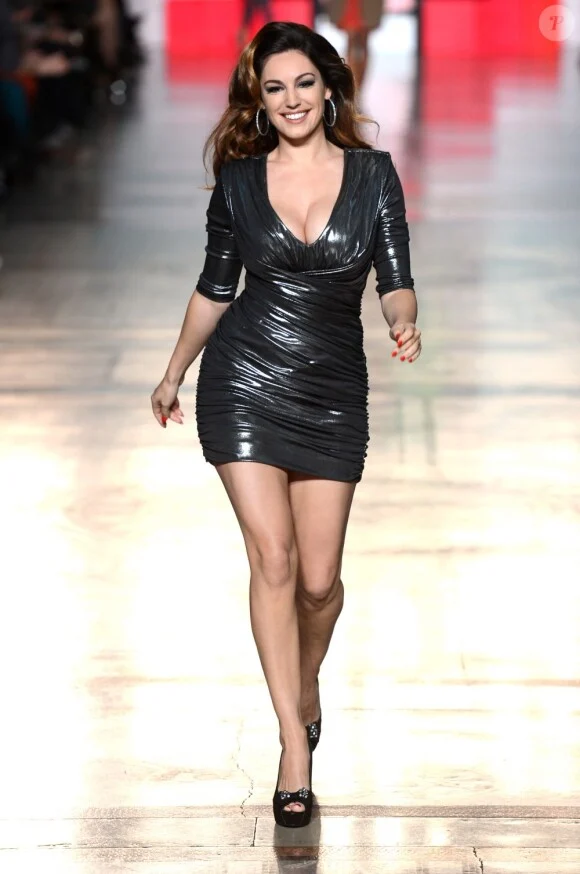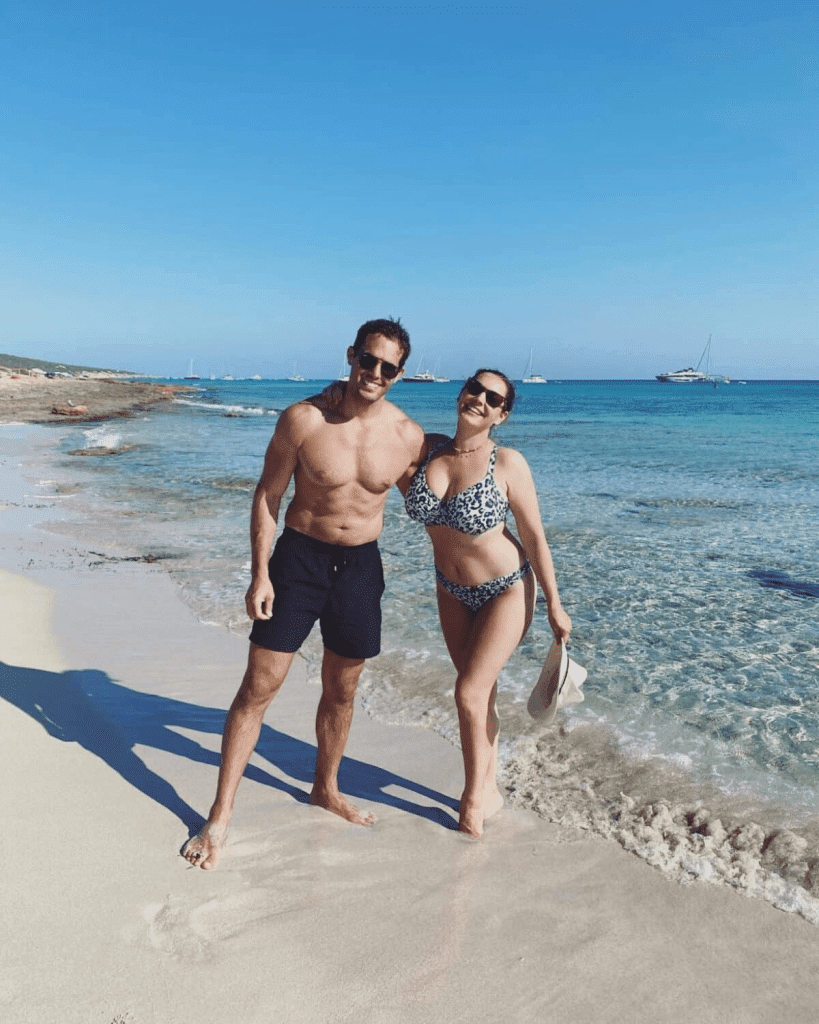Redefining Beauty: Science Challenges Traditional Ideals
Beauty standards have long mirrored cultural shifts, shaped by media, society, and historical influences. However, a groundbreaking study from Texas University is challenging conventional perceptions of attractiveness. The research suggests that the widely accepted “ideal body type” might not align with what we often see in magazines or on runways. Instead, their findings point to a curvier, fuller figure—exemplified by 43-year-old model Kelly Brook—as a more inclusive and scientifically supported representation of beauty.
A Historical Perspective on Beauty Ideals
Beauty ideals have never been static. In the 1950s, Marilyn Monroe’s hourglass figure was celebrated as the pinnacle of femininity. Fast forward to the 1990s, and supermodel Kate Moss’s slender, waif-like physique became the dominant standard. Today, we’re experiencing another shift—one that emphasizes inclusivity and diversity.
View this post on Instagram
The Texas University study builds on this cultural evolution, providing scientific validation for a body type that challenges outdated ideals.
The Science Behind the Study
Researchers identified an “ideal body type” with a BMI of 18.85 and specific bust, waist, and hip measurements. These measurements closely align with the natural proportions of British model Kelly Brook, whose fuller figure contrasts sharply with the ultra-thin aesthetic that has long defined high fashion.
Kelly Brook’s body type, celebrated for its natural symmetry and proportions, represents a scientifically supported standard of health and attractiveness.
Embracing Body Positivity
For decades, mainstream media has perpetuated a narrow view of beauty, glorifying often unattainable body types. This study marks a significant shift, echoing the growing influence of the body positivity movement.

Fuller figures are increasingly associated with vitality, confidence, and authenticity. This evolving perspective challenges the outdated belief that thinness is the ultimate benchmark of beauty.
The Subjectivity of Beauty
While the study identifies an “ideal body type,” it’s essential to remember that beauty is inherently subjective. Attractiveness varies based on cultural context, personal experiences, and individual preferences.
This research isn’t about diminishing other body types but rather about broadening the conversation. Beauty isn’t a one-size-fits-all concept—it’s a spectrum, and every variation deserves recognition.

The Role of Media and Fashion in Change
The fashion and media industries have made notable progress toward inclusivity. Campaigns featuring diverse body types, skin tones, and ages are reshaping public perceptions of beauty.

Models like Ashley Graham and initiatives celebrating diversity highlight the importance of representation. The Texas University study reinforces this message, encouraging society to celebrate beauty in all its forms.
A New Vision for Beauty
The study’s findings spark a meaningful conversation about societal beauty standards and personal self-image. By redefining the “ideal body,” this research challenges us to embrace individuality, authenticity, and confidence as cornerstones of attractiveness.
View this post on Instagram
True beauty isn’t about fitting into rigid molds but about breaking free from them. It thrives in self-expression, diversity, and the acceptance of imperfection.
Moving Forward
As society continues to grow and change, so must our understanding of beauty. The Texas University study offers a refreshing perspective, reminding us that attractiveness isn’t defined by a single set of measurements.
By celebrating diverse body types, we create a world where everyone feels seen, valued, and empowered to embrace their uniqueness. Beauty, in its truest form, transcends numbers and proportions—it’s about confidence, self-love, and authenticity.
Let us continue to honor beauty in all its shapes and sizes, inspiring a future where everyone feels celebrated and represented.
